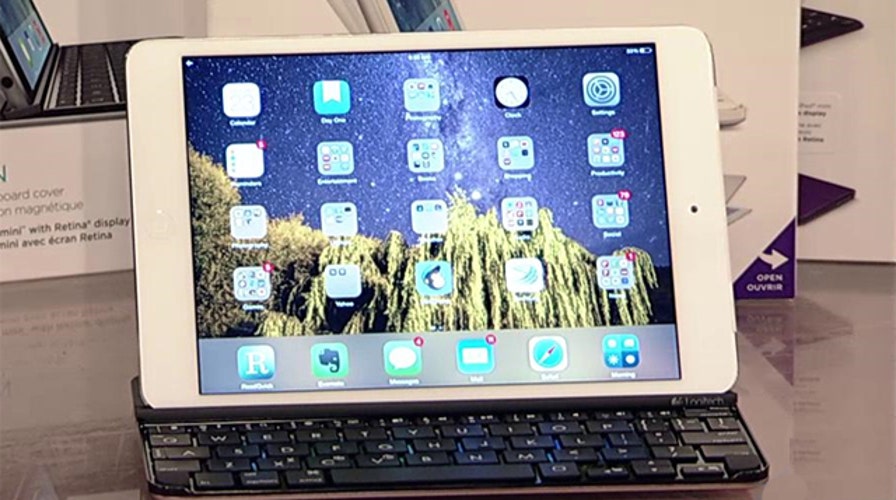In a few weeks, lazy summer days will be replaced by the rude awakening of early morning alarm clocks for millions of children. For parents, this means a new routine. Something traditionally part of that routine for parents is packing a school lunch. And while school cafeterias have improved lunch options over the last decade, kids will still gravitate towards chicken nuggets and soft drinks, if given the option.
Parents – you can take charge of your child’s lunch by following a few easy steps. The first step is to limit your child’s options and pack them a lunch. Steer clear of packaged, processed meals. These products are high in sodium and contain little nutrition.
[pullquote]
Lunches serve two purposes for your children:
1. To fill them up
2. To keep them focused.
Aim for complex carbohydrates (whole grain), fat, a good source of protein and color, that is, fruits and vegetables. These foods will help stabilize your child’s blood sugar and provide them with energy for that afternoon spelling quiz. Anything else, and they’ll be snoozing through seventh period.
Here’s a sample lunch:
- A 100 percent whole wheat tortilla wrap with turkey, cheese and lettuce
- Grapes (fresh or frozen)
- Green bell pepper strips, cucumber slices or cherry tomatoes
- Apple juice or milk
- Cookies
Wait. What?
A small amount of potato chips and cookies is fine to pack in your kid’s lunch. Just be sure that the lunch includes more than that. Remember the old dietary guideline: “Everything in moderation.”
You can keep your kids engaged and informed by having them help to pack their own lunch. Use plastic containers for fresh fruit salad and pasta salad with vegetables and cheese. Or, if your kids are young, be creative and make fruit or turkey and cheese kabobs. Plus, parents can use this as an opportunity to teach their children about nutrition guidelines and portion control.
While nutrition is important, it’s equally as important to remember that your child’s lunch box may be sitting at the bottom of his locker for up to four hours, which is two hours past the general rule about keeping unrefrigerated food safe.
Some school districts have refrigerators where lunches can be stored, but for the vast majority of students, these meals will remain unrefrigerated.
Be sure to pack food that won’t spoil or be subject to food-borne illness. A freezer pack will help to keep milk, cheese, yogurt and other perishable items safe. Or, if you’re including a cardboard milk or juice box in your child’s lunch, consider freezing it the night before. It will thaw by lunchtime, and act as a freezer pack, keeping your child’s food chilled and safe.
Good nutrition at school helps concentration and students get the most out of their day. If you have the means, don’t rely on the school district to supply your child a meal. Instead, plan meals with them, shop for groceries together and have an adventure at lunch.

